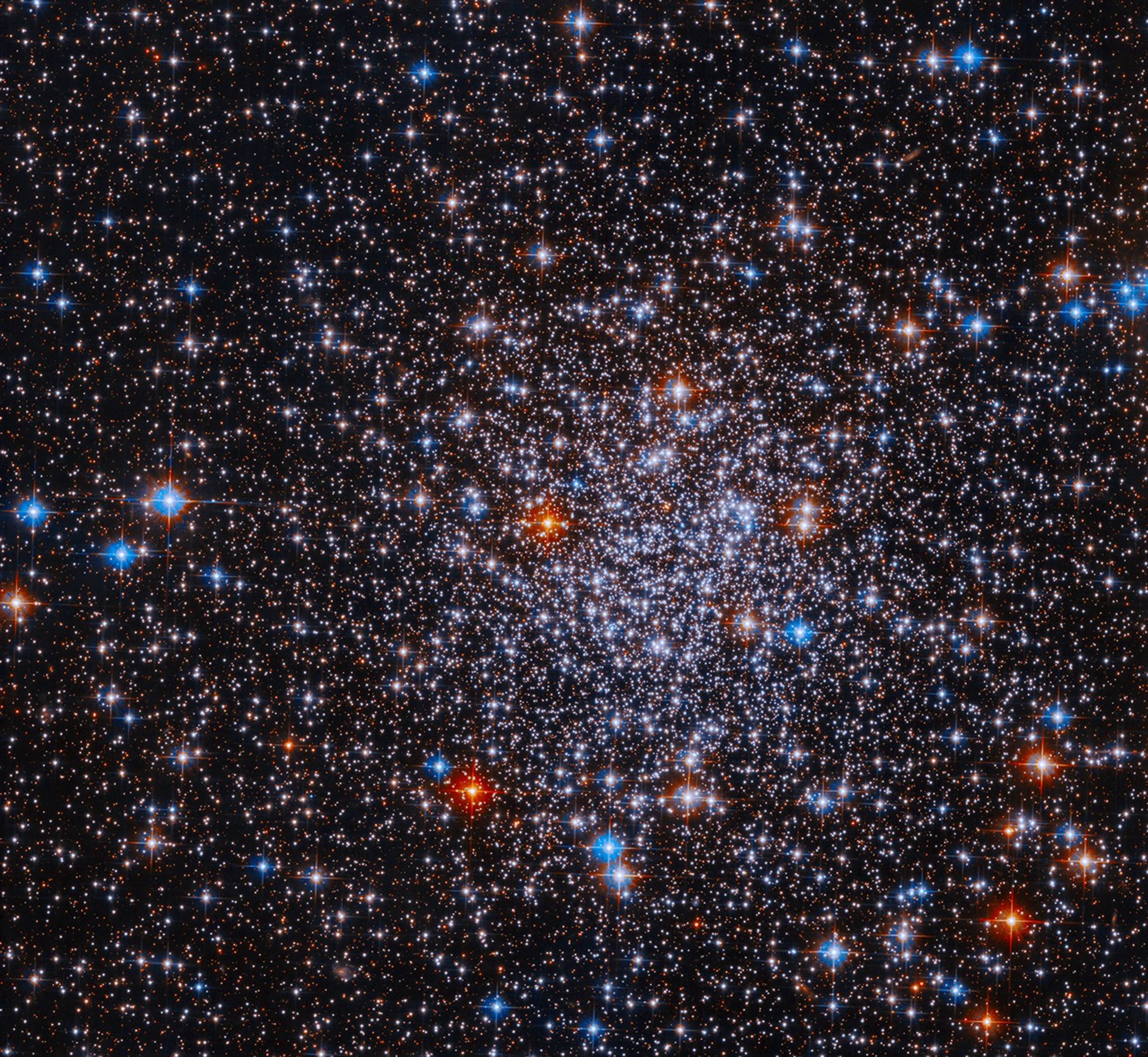This historical content may contain outdated information or references that may not reflect current policy or programs.
Professionals from one hundred science centers, children’s museums, and public planetariums across the United States participated in the National Informal STEM Education Network (NISE Network) Earth & Space project-based professional learning community during October 2021 - April 2022. Supported by NASA’s Science Activation program, this professional learning community supported participating organizations in their efforts to make Earth and space science more relevant and inclusive for their local communities. The learning community brought educators and subject matter experts together to share strategies to broaden participation in STEM learning, explore methods to connect STEM content with the everyday lives of learners, and to leverage existing NASA Earth and space science engagement efforts and resources.
Each organization developed a local project designed to increase relevancy and inclusion for Earth & Space science engagement in their local community.
At the culminating convening in April 2022 participants were inspired by keynote speakers including:
• Improving Diversity, Equity, and Inclusion in Space Science, Derrick Pitts, HON.D, The Franklin Institute
• James Webb Space Telescope, Christine Chen, Space Telescope Science Institute
• Engaging Indigenous Youth and Adults in Community-Focused Efforts Around Climate Change, Elena Sparrow, PhD, University of Alaska Fairbanks
• Bringing the Perseverance Landing to the Deaf and Blind Community, Caitlin Ahrens, PhD, NASA Goddard
The virtual convening also included a NASA Showcase, allowing participants to talk with representatives from NASA Science Activation projects about resources they offer:
• OpenSpace/American Museum of Natural History
• Infiniscope/Arizona State University
• NASA’s Night Sky Network
• NASA Earth Science Education Collaborative (NESEC)
• NASA Solar System Treks/ NASA JPL & NASA Ames
• NASA Heliophysics Education Activation Team
• NASA’s Museum & Informal Education Alliance
• Solar System Ambassadors
• NASA’s Eyes
• NASA eClips/National Institute of Aerospace
• NASA’s Universe of Learning
• James Webb Space Telescope Resources
• Scientific Visualization Studio/NASA Goddard Space Flight Center
• NASA Astromaterials
• Eclipse Soundscapes: Citizen Science Project
• Exploratorium: Navigating the Path of Totality
• NASA Space Place
• NASA Artemis
Professional learning community participants also presented their projects and shared approaches with each other.
Examples of Projects
There was a great diversity in the participants’ projects, which were designed to meet the priorities of their local communities. All shared an effort to make Earth and space science content more relevant and inclusive in local communities and many involved collaborations with subject matter experts and community organizations. For example:
• Exploration Place in Wichita, KS paid tribute during Black History Month to four black pioneers in Earth and space science by projecting their portraits onto the side of the science center’s iconic riverfront building. Working with the Kansas African American Museum, four pioneers of Earth and space science were selected: NASA mathematician Katherine Johnson, atmospheric scientist Warren Washington, NASA astronaut Mae Jemison, and electrical engineer John Brooks Slaughter.
https://www.nisenet.org/blog/post/partner-highlight-exploration-place-wichita-kansas-honors-african-american-pioneers-earth
• The Museum of Arts and Sciences (MAS) in Macon, Georgia collaborated with science and art students at the Georgia Academy for the Blind (GAB) to design and create a new tactile exhibit and a claymation video on the Layers of the Atmosphere. https://www.nisenet.org/blog/post/partner-highlight-museum-arts-and-sciences-macon-ga-develops-new-tactile-exhibit-layers
• The Greensboro Science Center in Greensboro, NC collaborated with local Title I school McNair Elementary to host family nights and star gazing events and help students connect more deeply with the life of physicist and Challenger astronaut Ronald McNair. Collaborators included astronomers, astronomy clubs, and college students from North Carolina A&T State University (an HBCU)
• The Discovery Lab in Tulsa, Oklahoma traveled to rural locations in Oklahoma to provide Earth science outreach learning opportunities for teachers and students in conjunction with the exhibition “Beneath Your Feet: Geology of Oklahoma,” which will travel for two years across the state.
• Explora in Albuquerque, NM created take-home STEM activity cards on climate science that were developed together with Zuni Pueblo farmers, a Zuni Pueblo hydrologist, the New Mexico State University Agricultural Science Center at Farmington, and the New Mexico Arts Council.
Resources for Educators to Explore
Based on this project, the NISE Network is offering learning community resources online, for free use by educators and scientists seeking to make Earth & Space science relevant and inclusive for their local communities. This collection of resources features written materials, slides, and videos presented during this virtual online learning community. https://www.nisenet.org/making-relevant-inclusive
The NISE Network is part the NASA’s Science Mission Directorate Science Activation program and is sponsored in part by NASA Cooperative Agreements #NNX16AC67A and #80NSSC18M0061. Learn more about this Arizona State University-based Science Activation team at: https://science.nasa.gov/science-activation-team/nise-network































